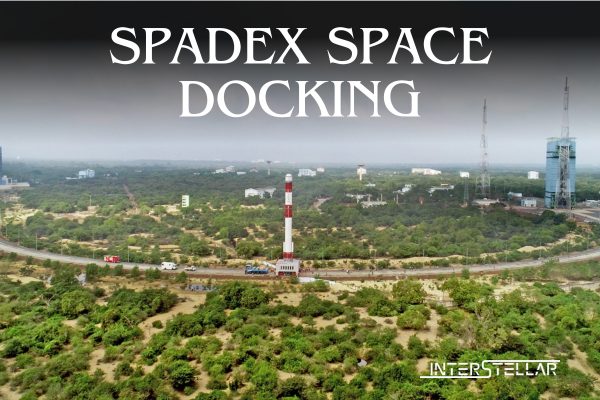India Postpones SpaDeX Space Docking Experiment Amid Validation Needs
ISRO has temporarily delayed a highly anticipated space docking experiment, set to position the country as the fourth globally capable of such technology, critical for future deep space exploration. The experiment, part of India’s ambitious SpaDeX mission, was scheduled to test on Tuesday but has now been pushed back due to the need for additional validation through ground simulations, the Indian Space Research Organisation (ISRO) announced on Monday. India postpones SpaDeX an abort scenario identified during preparations, requiring further checks before the live test can proceed. “The docking process requires further validation through ground simulations based on an abort scenario identified today,” stated ISRO, without detailing the specific concerns.
SpaDeX Mission: A Step Forward in India’s Space Ambitions
Launched on December 30 from the Satish Dhawan Space Centre in Sriharikota, the SpaDeX mission utilized a Polar Satellite Launch Vehicle (PSLV-C60) to carry not only the main docking experiment but also 24 secondary payloads aboard the POEM-4 module. Among these were cutting-edge technologies like a walking robotic arm and a debris capture manipulator.
The mission’s primary objective is to test on-orbit docking technology via two 220-kilogram spacecraft, SDX01 and SDX02, positioned into a 475-kilometre orbit with a 55-degree inclination. This technology is vital for the development of the Bharatiya Antariksh Station (BAS) and future lunar sample return missions.
ISRO Chairman S. Somanath confirmed the successful deployment of the spacecraft’s solar arrays and has rescheduled the docking operations for January 7, reflecting confidence in the mission’s eventual success.
Future Impact and Technologies
The SpaDeX mission is set to enhance capabilities for India’s upcoming space endeavors, including the Gaganyaan human spaceflight programme scheduled for its first crewed flight in 2026 and the Chandrayaan-4 lunar south pole mission anticipated around 2027 or 2028. These missions will depend heavily on the docking technology being tested, which is essential for sample transfers and crewed operations.
India’s Ascending Trajectory in Space Exploration
2024 marks a significant year for ISRO, with the SpaDeX and POEM-4 mission being the fifth orbital launch. The year has already seen the deployment of the XPoSat X-ray astronomy satellite, the INSAT-3DS meteorological satellite, and the EOS-08 Earth observation satellite via the new SSLV rocket. Each launch showcases ISRO’s growing capabilities in advanced space technologies, reinforcing India’s role on the commercial and exploratory frontiers of space.





